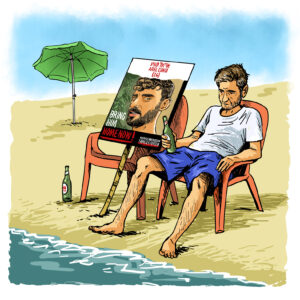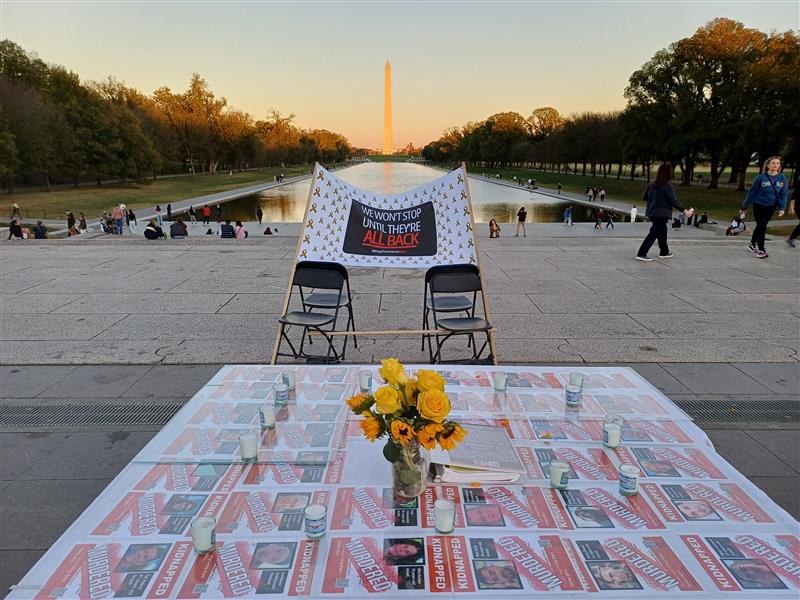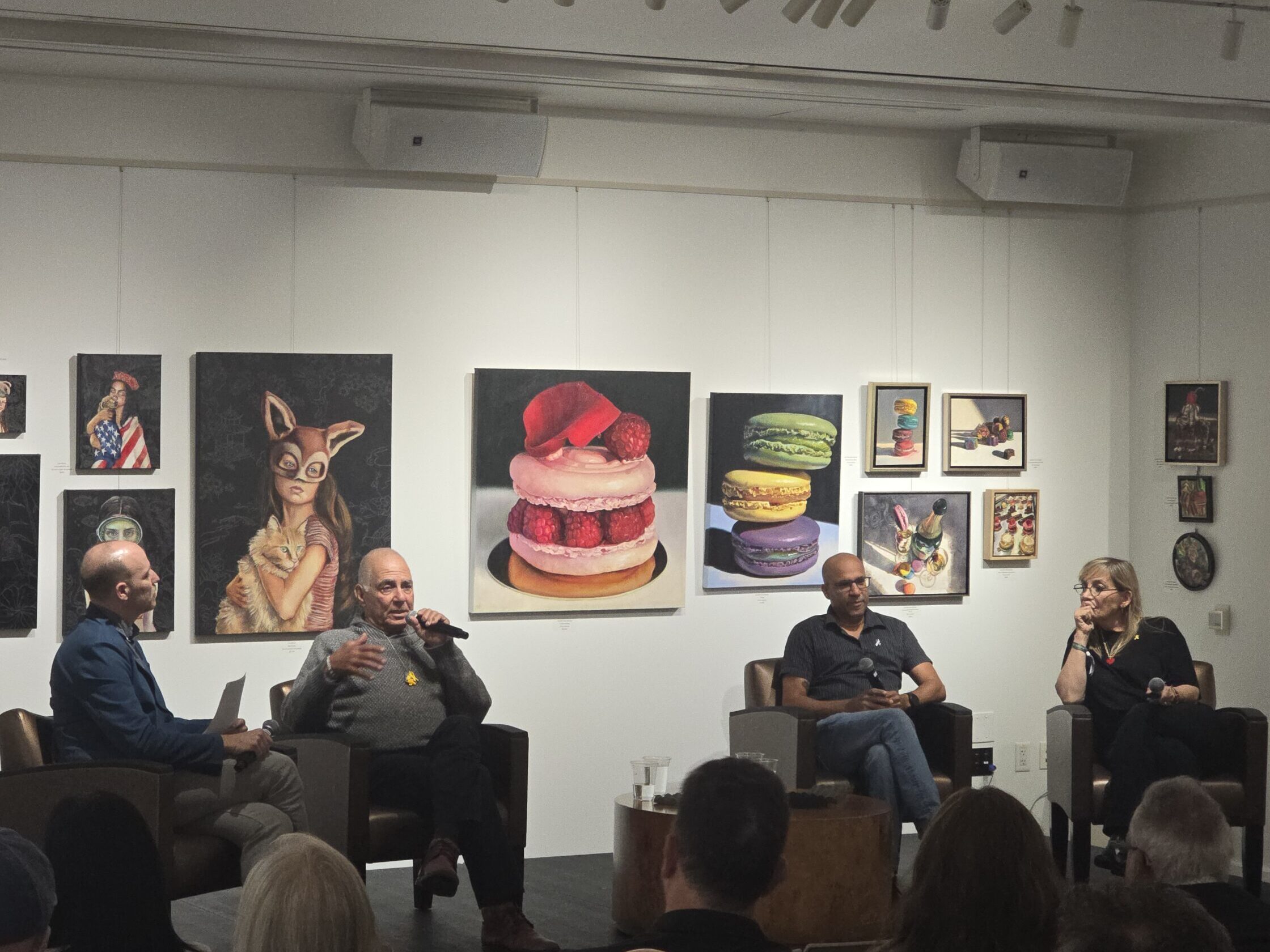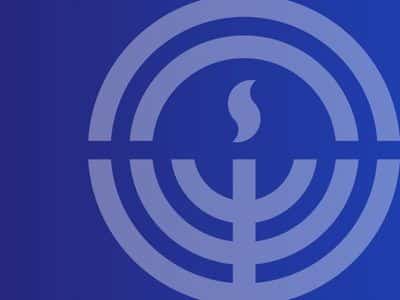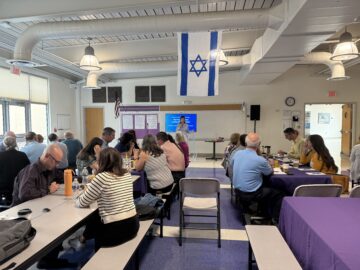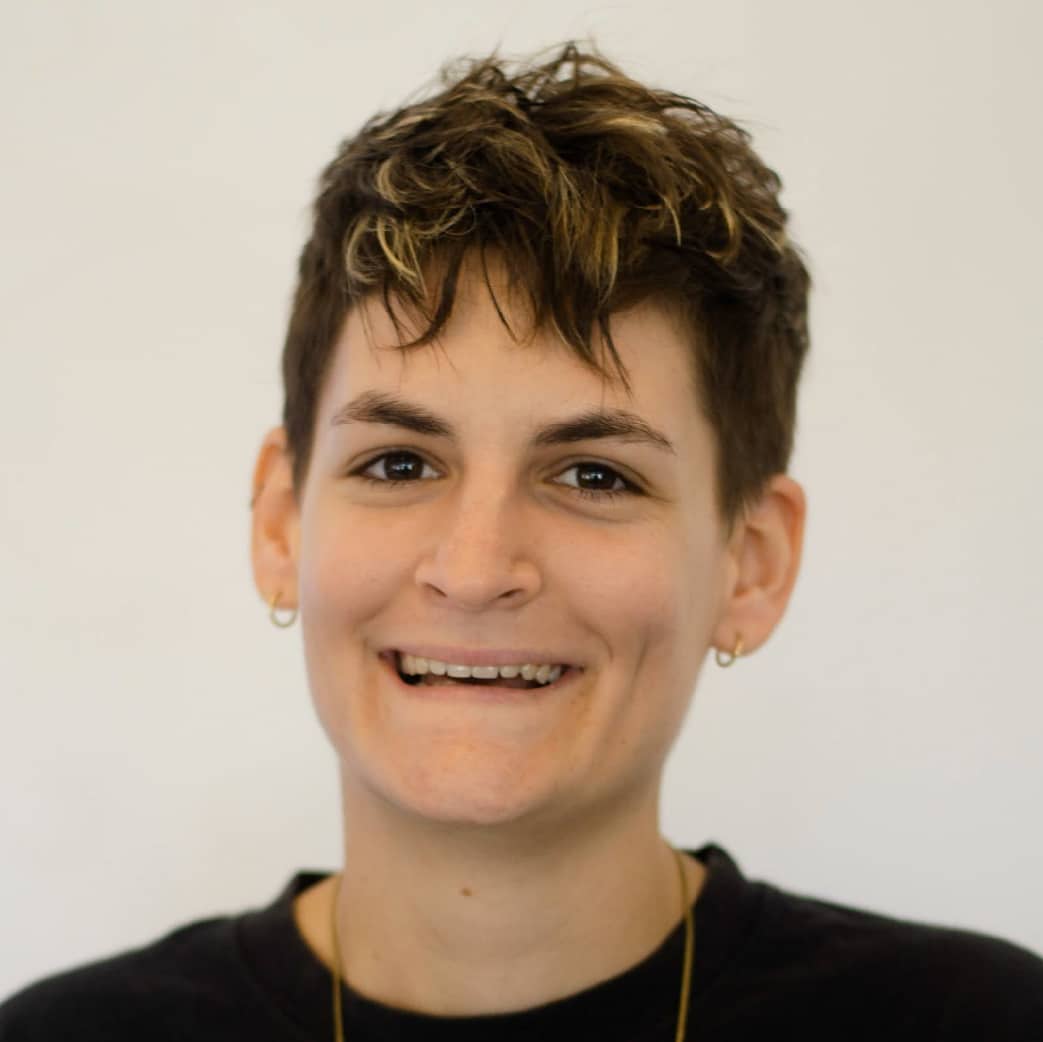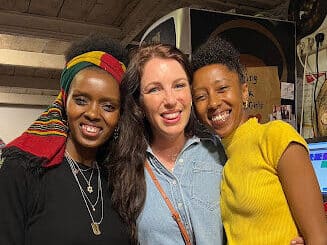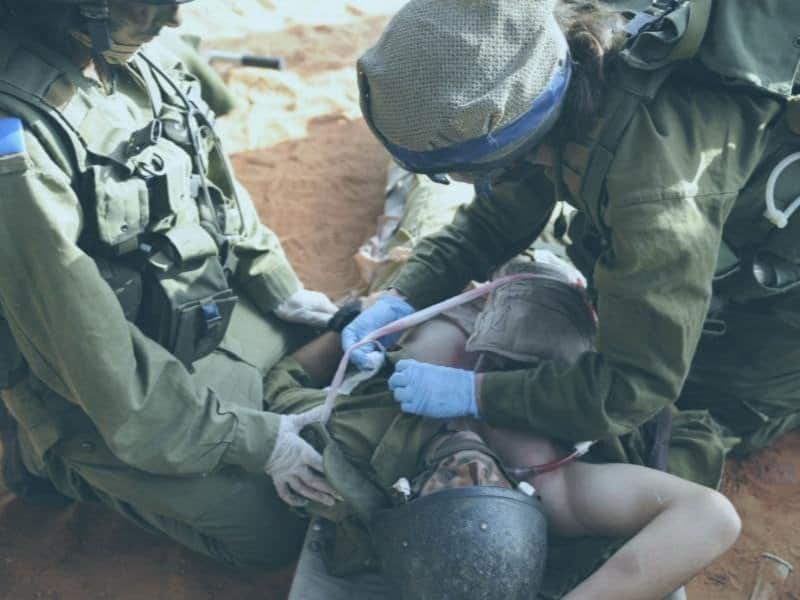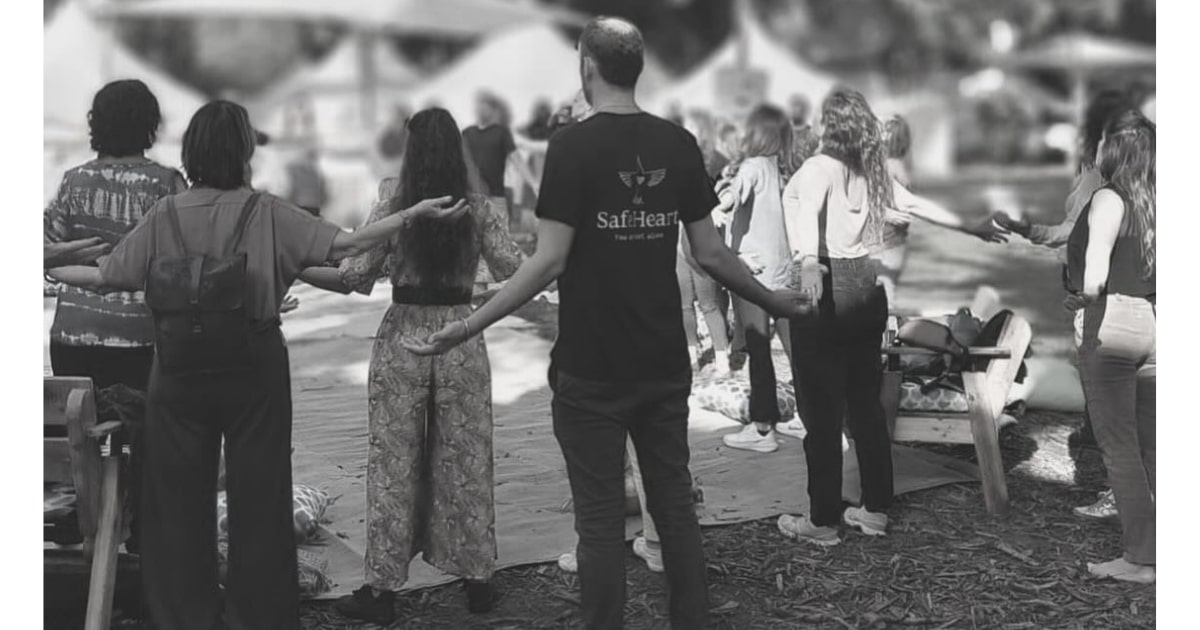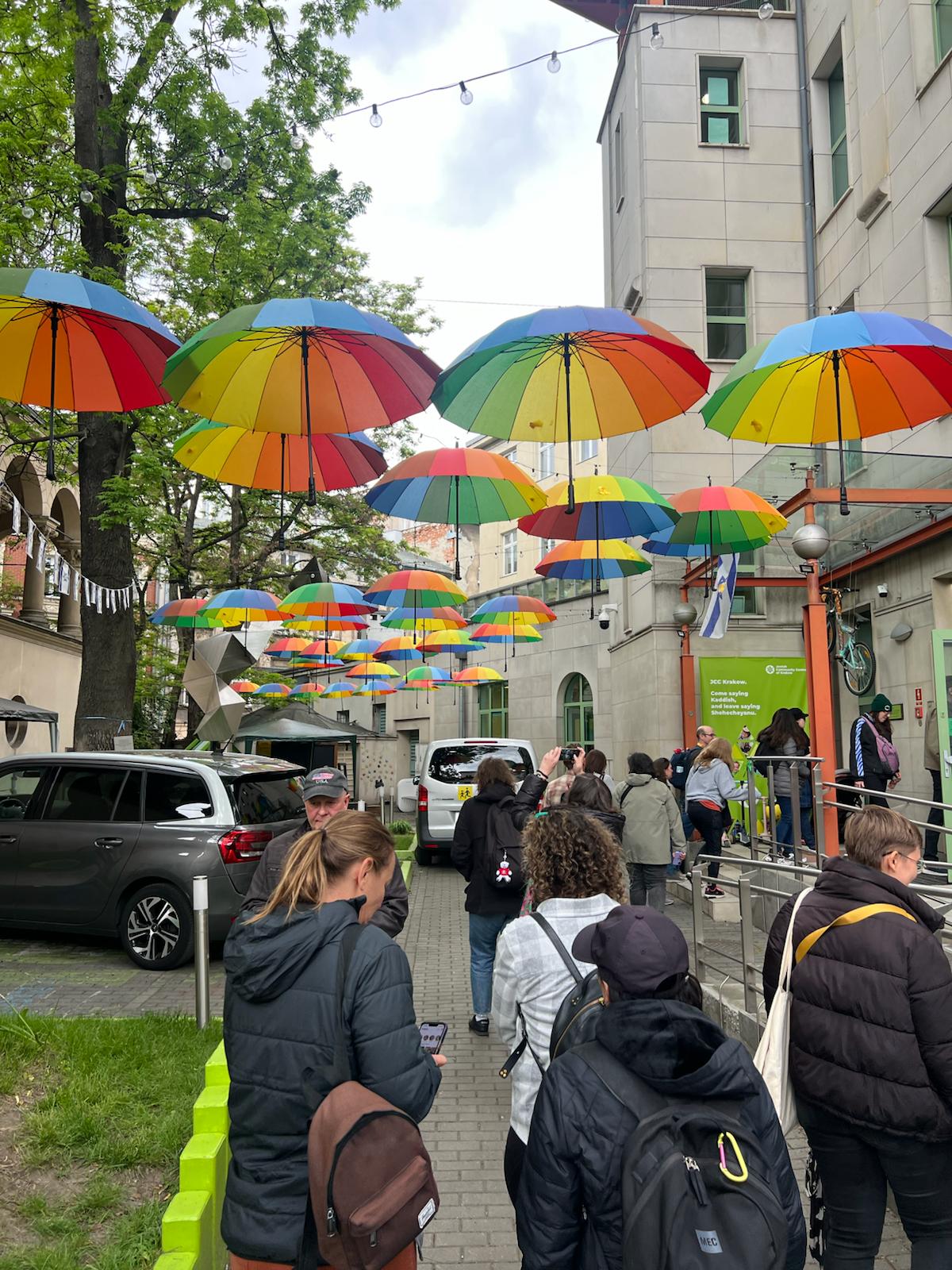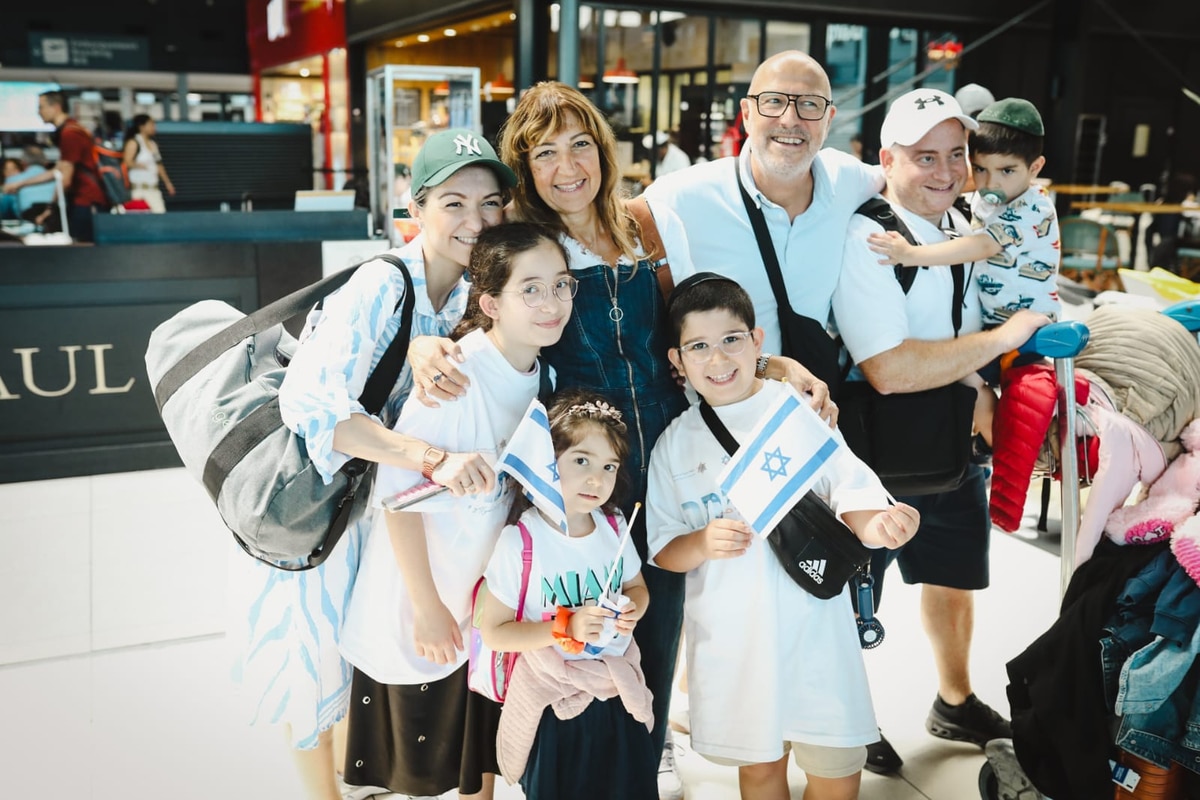Talking Walls: Reflections on Connection, Art, and Homecoming
Nearly two months into my role as a Shlicha (Israeli emissary) of The Jewish Agency for Israel at The Jewish Federation of Greater Washington, I find myself asking the same question nearly every day: What is my mission here?
What does it truly mean to build a bridge between Israel and American Jewry?
Each day, I receive a different answer.
Creating “Talking Walls”
To mark two years since the October 7 massacre, I chose to curate an exhibition at the Federation offices showcasing powerful Israeli cartoons that reflect some of what we’ve experienced in Israel over the past two years.
Because sometimes, words just aren’t enough.
As I prepared the exhibition over the past two weeks, I kept hoping and praying that the final poster would be unnecessary. That it would be a waste of money.
Today, that wish came true.
The beautiful, foam-mounted poster—professionally printed and ready to hang—was covered this morning with a simple, printed A4 page:
“They’re coming home.”
A Bridge Built of Art and Hope
This exhibition, Talking Walls: Israeli Caricatures Post October 7, brings together ten cartoons by Israeli artists—each capturing a moment, a feeling, or a truth from this complex time.
Originally shared on social media, these works move from virtual spaces into the physical world, offering an opportunity for our community to join the conversation. Together, they bridge two realms: the physical walls shattered on October 7, and the virtual walls built through online expression and solidarity.
Finding My Role
This is just the beginning. I’ll probably keep asking myself every day what my role here really is.
But I hope there will be more days like this—when the answer is clear, and for once, it comes with a big smile and a deep breath of fresh air.
This moment feels like an opportunity for all of us to pause, reflect on the last two years in Israel, and finally breathe a little easier as a bit of light begins to shine through.
It’s important for me, on this day, to remember all the people and heroes who made it possible to reach this moment. I honor and thank the soldiers and security forces who gave their lives, and everyone whose courage and determination helped make this day a reality.
We will not give up on any hostage and will continue to stand firm until every one of them returns home—to their families or to a dignified burial.
I hope this is the beginning of a greater change that will bring healing, recovery, and peace to Israel and the region.
Learn more about our community Shlichim and how they help build bridges between Israel and Greater Washington here.
Experience the Artwork

